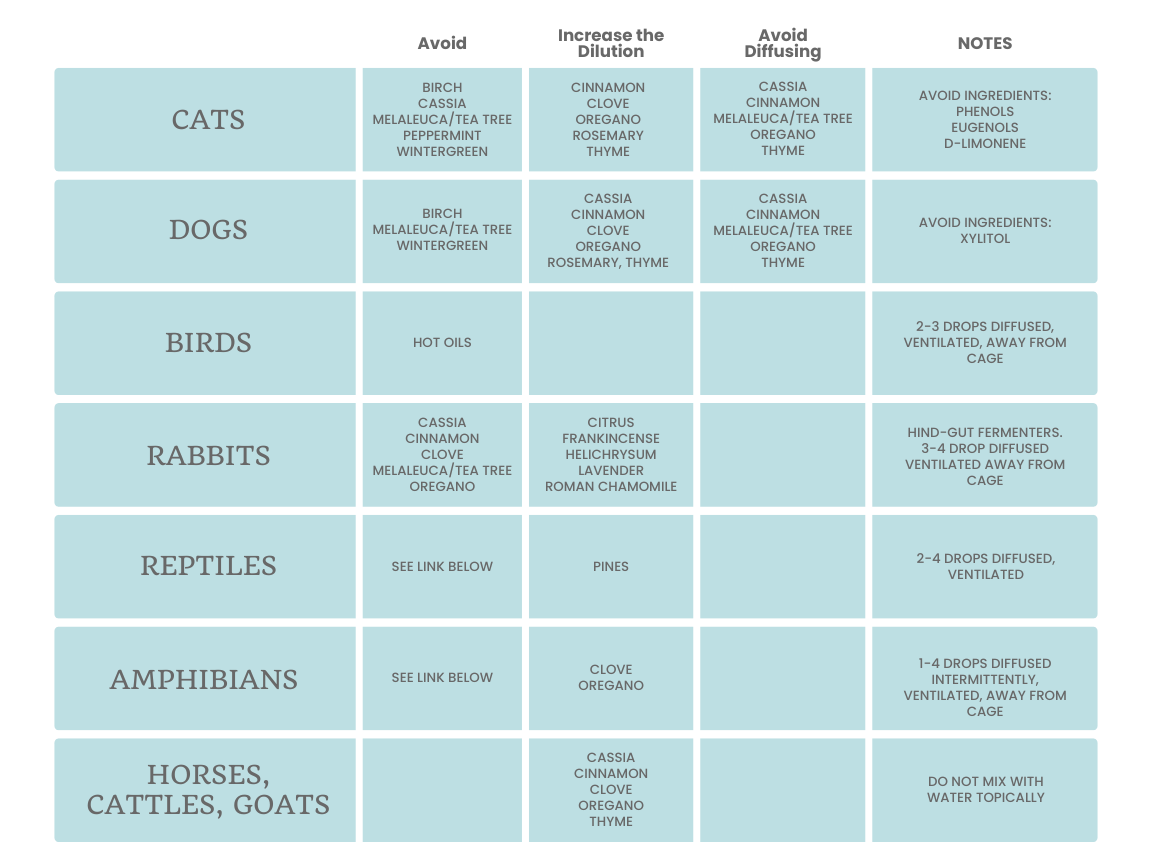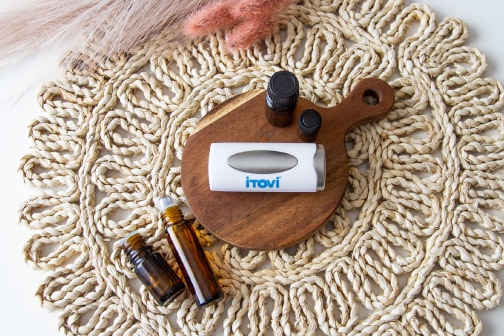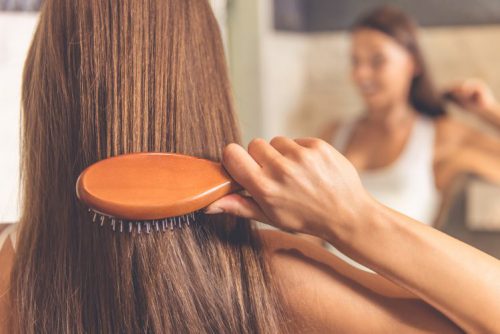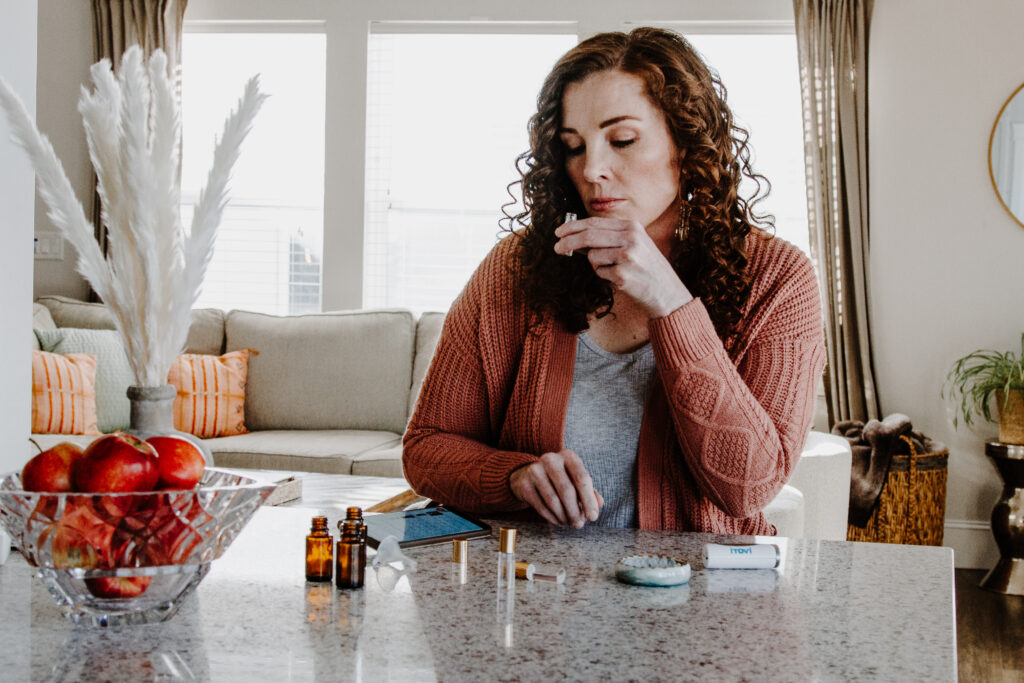That’s right, iTOVi is safe for pets!
We all know some of our favorite family members can be our furriest ones, but it can be difficult for our pets to communicate their needs. Let’s learn how can we extend the benefits of health and wellness to our four-legged friends!
Scanning Your Pet
Scanning your pets can be a great way to get a glimpse into their emotional state, and even body systems activity!
Set up a client profile for each of your pets
When you open the iTOVi app, on the client page there is an option to add a new client. Click on the “Animal” profile and enter the animals name, gender, your email (or the pet owner’s) email, and phone number. After you create the new client, a paw icon will appear next to their name.

NOTE: The Animal Profile is set up a little different, as it omits products that are not recommended for use around felines and canines. You can still run scans for all types of animals, but you will want to make sure the products in your reports are safe for your particular animal. See resource material at the bottom of this blog.
How to Scan Your Pet
We recommend turning the scanner ON before approaching your pet, in case the vibration spooks them. When choosing the number of results in your report, or product groups, is entirely up to your personal preference. You can scan for all oils and blends to get a fuller glimpse of their state of being, or you can build a product group of oils you feel comfortable using with your pet. See reminders and resources at the bottom of this blog.
When scanning, both of the silver nodes need to make contact with your pet’s skin. It can lay flat on the side with the silver “notch” as seen in the image below. It’s crucial to find a part of their body with less hair or fur to get an accurate scan. If the scanner is having a difficult time scanning your pet, try very lightly dampening the area (so the skin is cool and moisturized but not wet) and then try the scan again.
RUMOR RETORT: We don’t recommend laying a wet paper towel between the scanner and your pet. Since the scanner is designed to read skin response, placing something between the contact points and the skin may affect the scan results.

We recommend:
- The inner side of the ear (if your pet has large ears)
- The tummy
- The upper inner leg (by the joint)
- The pads of their feet
- Snout or muzzle for larger animals


We know that sometimes it’s difficult to hold a squirming animal while scanning them at the same time. Here are some suggestions:
- Wait until your pet is asleep or cuddled up calmly in your arms.
- Give your pet a treat before and after a scan so that they associate it positively.
- If your pet likes to have their belly rubbed, scan when they are rolled onto their back, relaxing.
- Have someone hold your pet so that they are comfortable, and then have another person scan them.
Try not to force your pet into being scanned. It will make it more challenging in the future if they associate scanning with fear or dislike. It’s better to introduce the scanner in a calm, mellow fashion so that they associate it with safety and predictability.
How do I apply scan results for my pets?
When reading the scan report, including the emotions and body systems wheels, you can interpret the scan the same as you would for yourself or other clients. However, you may wish to research emotional/body systems specifics for your pet’s breed, etc. to help you know what to pay extra attention to in your pet’s scan reports.
Also, if you scan often, look for trends (repeating products or repeating physical or emotional categories especially in the top 10 products). This may help you pick the best products with which and areas in which to support your pet over the long term.
How do I safely apply the recommended products to my pets?
Again, the scan reports only display products recommended for use around felines and canines. We recommend reading Essential Oils & Safety for Pets by the acclaimed Essential Oil Vet, Dr. Janet Roark, DVM before using products around any animals.
If you are not comfortable with using essential oils, we highly recommend that you look up materials from your specific essential oil company and their best practices with pets (See the resource links at the bottom of this page). If your company does NOT promote internal use, use on animals, has multiple warning labels, is cheaply priced, or uses pesticides – avoid using their products around your pets!
Once you are sure you are using an essential oil/supplement brand that is SAFE for your pets—there are many ways to use essential oils! The top methods are
- Diffusion
- Topical Application
- Internal Use/Ingestion
For the best results, for both wellness and safety, It’s important to introduce essential oils to your pets gradually. We recommend starting off with introducing an oil with the CAP ON. You can measure an animal’s interest or disinterest by their body movements. Diffusion as it is the gentlest application method. If that goes well, you can progress to topical application. And if your pet responds well to both diffusion and topical application, you may cautiously introduce internal use/ingestion.
Why the caution?
Most animals, including your pets, have PROFOUNDLY more scent receptors than humans. And this means a little essential oil goes a long way for a pet! And we only want to give our pets as much as will actually help—rather than harm—them.
Adverse Reactions: As you work with each application method, introducing a new oil to your pet, keep an eye out for adverse reactions including excessive sniffing or scratching, whining, nervousness, lethargy, or vomiting. Immediately discontinue the use of any oil and application method that is causing an adverse reaction in your pet.

For more information, download Essential Oils & Safety for Pets by Dr. Janet Roark, DVM.
Diffusion
Introduce the smell of a new essential oil to your pet by:
- Wearing that oil on your person and seeing how they react
- Holding the open bottle towards them, about a foot from their nose, and allowing them to retreat from it or gravitate towards it
- Diffusing 1-2 drops of oil in a room, allowing it to permeate the space for 10-15 minutes. Leave an open door/way out for them when you diffuse so that if the smell irritates them they can easily leave.
Again, your pet is certainly much more sensitive to smell than you are! So simply diffusing single oils and blends in your home is usually enough to create a positive emotional or physical response in your pet. Just remember to be doubly on the lookout for adverse reactions whenever you are introducing a new oil.
Topical Application
The first rule of topical application is dilution.
Strict dilution is necessary because your pets, especially your pets with smaller bodies (like cats and small dogs), have a harder time than we humans do metabolizing and excreting anything that they absorb—including essential oils!
A good starting point for dilution is to use 1 drop of essential oil for every 30-50 drops (⅓ -½ teaspoon) of carrier oil for a 2-3% dilution.
Which carrier oil should I use? We recommend almond, coconut, or olive oils. However, you may also set out a few options and use the one your pet prefers.
Where should I apply the diluted oils? The spine is an excellent place to apply essential oils. However, never apply essential oils near sensitive areas like the nose, eyes, genitals, or inner ears. We do not recommend applying oils to your pet’s paws either. (See resources below for further assistance.)
Internal Use/Ingestion
We recommend talking to a veterinarian proficient in essential oil use before attempting to use any internal-use method with your pets.
Once you’re sure the oil is safe for your pet, you may try the toothpick method. This is when you dip a toothpick into your essential oil bottle and pull it out and then use the toothpick to thoroughly mix the oil left on the toothpick into a full serving of soft pet food.
Talk to your veterinarian about the possible use of supplements or veggie capsules with your pet. Never force your pet to eat any food you have mixed essential oils into. And also, do not mix essential oils into your pet’s water without an appropriate emulsifier as the oil and water won’t mix and could irritate your pet’s mouth or digestive tissues.
Consult with your veterinarian or oil professional if:
- Your pet is pregnant or nursing.
- Before adding essential oils to your pet’s food or drinking water.
- Your pet is a senior or has other health conditions.
- Your pet has epilepsy or seizures.
- Your pet is under 10 weeks old.
Important Reminders:
- The iTOVi Scanner and reports are not diagnostic tools. If you are concerned for your animal, see your vet for professional advice.
- Essential oils may have little effect if a pet’s environment has other high toxicities.
- Animals have profoundly more scent receptors than humans.
- Let them consent to an oil beforehand.
- Monitor their response carefully.
- Be vigilant in which brands of oils you use for your pet’s wellness.
- A google search is not sufficient research.
- It’s best to check with your specific essential oil brand’s material.
- Seek advice and support from a vet who is proficient in oils or a professional animal oiler.
Pets and Oils Resources:
*Download Essential Oils & Safety for Pets by Dr. Janet Roark, DVM
The Oily Pet by Allie Phillips
Pet Health with Heather Henderson
Essential Oils and Pets: A Quick How-To – Young Living
Animals and oils: What you need to know – Young Living
Essential oils for dogs: Pawsome tips for your furry friend – Young Living
How to Use Pet-Friendly Essential Oils – Young Living
The Lavender Life Blog Archive for Pets – Young LivingPets and Essential Oils – doTERRA
Essential Oil Solutions with doTERRA Podcast – Episode 28: Using Essential Oils with Animals
Healthy pets are happy pets!





